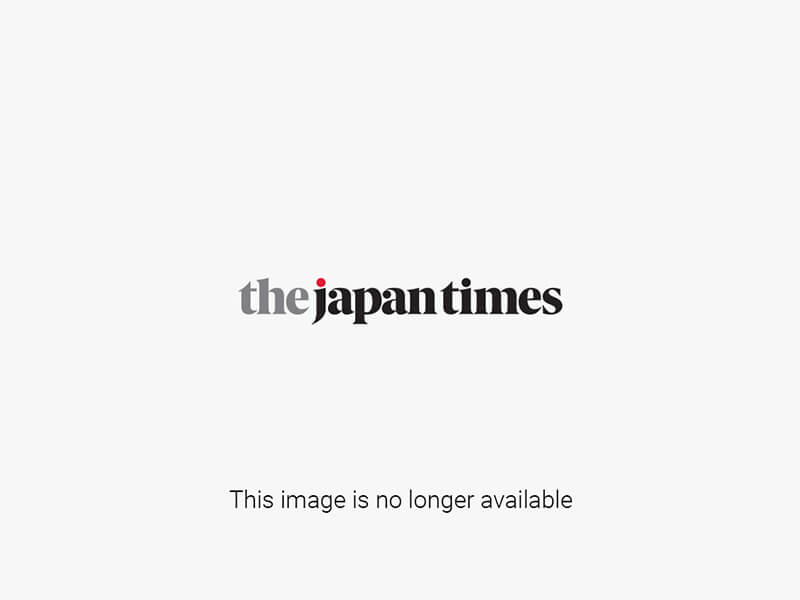This is a follow-up to my column of last month. At its Policy Board meeting Jan. 29, the Bank of Japan decided to inject into the financial market a powerful drug in the form of a negative interest rate. The actual implementation of that measure came on Feb. 16.
The purpose of introducing the negative interest rate was to help achieve a pledge made March 21, 2012, by BOJ Gov. Haruhiko Kuroda to raise the rate of inflation to an annual rate of 2 percent in about two years.
The central bank subsequently pursued quantitative and qualitative easing of its monetary policy through unlimited purchase of government bonds from private financial institutions. But no appreciable results have ensued, even though nearly three years have passed.



